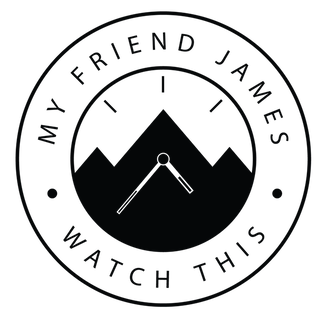COVID-19 hits vulnerable Indigenous Peoples of the Brazilian Amazon.
In the Brazilian Amazon, an estimated 900,000 Indigenous Peoples face threat of complete extinction as COVID-19 reaches their isolated communities. The virus has already infected more than 25,000 individuals in 146 tribal communities, with 700 fatalities—and these are likely vast undercounts.
How did it get there?
It’s possible that the first cases came from health care workers.
Illegal trespassing by those involved in extractive industries, such as mining, continue to pose a high threat of infecting isolated indigenous communities in the territory.
Missionaries have also historically brought infectious disease to indigenous communities. Think that’s a thing of the colonial past? On July 7, 2020, the president of Brazil granted exceptions for evangelical Christian missionaries to enter indigenous lands, further threatening the health and culture of these communities in the midst of the pandemic.
President Bolsonaro has long been a threat to indigenous Brazilians, evident in his missionary policy and early campaigns that called for the complete eradication of indigenous communities. He’s known to have said, “If I become President there will not be a centimeter more of indigenous land,” further empowering illegal trespassing and resource extraction from indigenous territories.
The virus will have a disproportionate impact on indigenous communities.
Despite Brazil having more than three million COVID cases and over 100,000 deaths, the president continues to denounce the severity of this international pandemic.
History is witness to the deadly consequences for indigenous communities around the world when respiratory viruses were brought in by outsiders, like when Europeans decimated Brazilian and North American populations with the introduction of smallpox and the flu.
The uncontacted communities of Brazil’s Javari region are especially at risk.
COVID-19 will have devastating results in these communities that have little immunity, live far from hospitals, have a traditionally communal lifestyle that puts them at higher risk of infection and lack adequate health care.
Already, statistics are showing that indigenous peoples of the Brazilian Amazon are dying at double the rate of other Brazilians.
This fight for survival is not new.
Indigenous Peoples of the Brazilian Amazon have been fighting for survival since their first encounters with outsiders hundreds of years ago, continuing to today, with or without COVID-19.
The forest’s guardians face ongoing illegal activities, acts of violence at the hands of invaders and the alarming dismantling of all protection of their land and their human rights by the Brazilian government. These threats are worsened by increased illegal land grabbing even amidst the pandemic, deforestation rates that have increased by 51% since 2019 and the recent forest fires that could surpass last year's devastation.
The vulnerability of Indigenous Peoples to of COVID-19 cannot be overstated. Without proper protective measures, medical supplies and enforced isolation of communities, the results will be devastating.
In 2007, a member of the Marúbo tribe asked Céline Cousteau to share his peoples’ story with the world, which resulted in a ten-year commitment to these people and the jungle told through the documentary film Tribes on the Edge. Learn more about this work and how to support the Amazon’s Indigenous Peoples.


